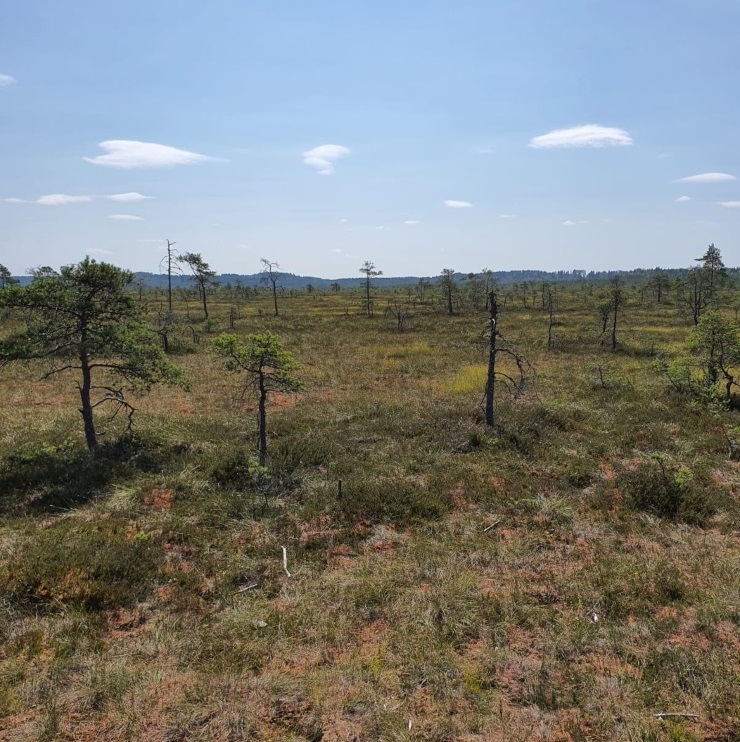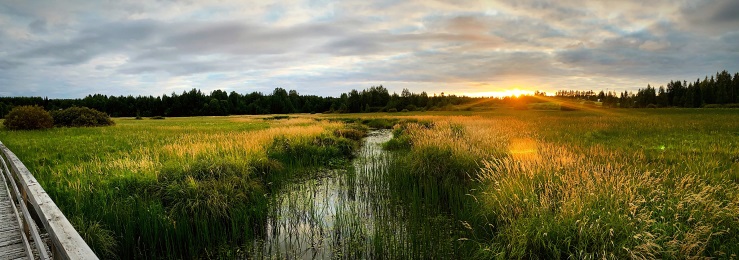It is exiting to learn about plastic waste management in Kenya and get some new friends from a different continent!
In our team we have six Finnish students who study biotechnology and food engineering at the Häme University of Applied Sciences and three Kenyan students. Our topic is solid waste management in Kenya, and we are focusing on plastic. We have started to investigate different types of plastic, the recycling of plastic and its impact on climate change. Little by little, we are also starting to be familiar with the Kenyan culture and country. Our African team members have started looking into the questions we had for them about landfills in Nairobi.
It is so interesting and fun to work on a project with people from a different country. We hope to learn a lot about Kenyan culture, people and of course waste management. For communicating about the project, we use WhatsApp and Zoom. Zoom is very good for meetings and it is an easy way to talk to our team members who live in a different continent. WhatsApp is an easy communication tool where we can update how things are going.

This week we met all our African team members in a Zoom meeting and shared our project tasks with them. We got to know each other a little better and we agreed that this week we are each gathering information about solid waste management that we can share in our meeting next week. How easy it is to organize this kind of meeting, even though we live 8,323 kilometers away from each other, thanks to the existing technology!
We already received some background information about Nairobi and its landfills and plastic recycling. In Nairobi most of the plastic is collected by private collectors and all waste is delivered to only one single landfill. The landfill is called Dandora dumpsite, and it covers 30 acres. About 2,400 tons of waste is dumped there daily. That is a lot of waste per day, but let’s not forget that approximately 2.7 million people live in Nairobi.
There are so many different kinds of plastics for example in Finland, but do they have all of these types in Kenya? That would be also interesting to find out from our Kenyan fellow students!
Hopefully this project will have a real impact on sustainable plastic waste management in Kenya. It is exciting to get to work!
Authors
Students of Bioeconomy and Food Engineering at HAMK

